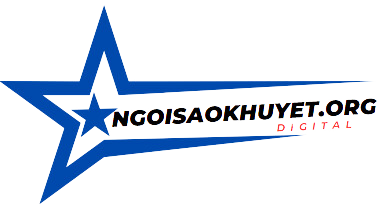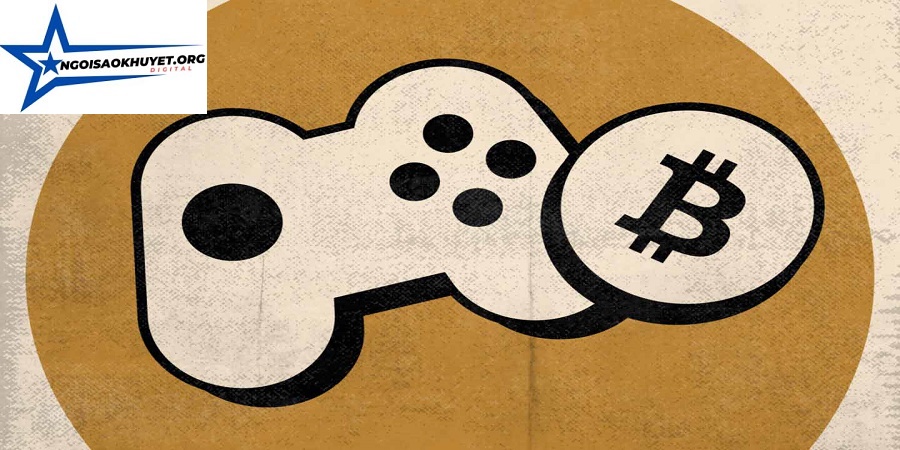NFT Gaming Platforms Development – Developing an NFT gaming platform involves integrating blockchain technology, creating NFT standards, and building an ecosystem that allows for the creation, ownership, and trading of in-game assets. Below are the key steps and considerations for developing an NFT gaming platform:
- Define Platform Objectives:
- Mua backlink -Clearly define the objectives and goals of your NFT gaming platform. Consider aspects such as the target audience, the type of games to be supported, and the overall user experience.
- Choose a Blockchain:
- Select a blockchain platform that supports NFTs and aligns with your project’s requirements. Ethereum is a popular choice, but other blockchains like Binance Smart Chain, Flow, and Polygon also offer NFT capabilities.
- NFT Standards:
- Define and implement NFT standards for your platform. Common standards include ERC-721 and ERC-1155 for Ethereum, which establish the rules for creating and managing non-fungible tokens.
- Smart Contract Development:
- Develop smart contracts that govern the creation, ownership, and trading of NFTs. These contracts should include functions for minting new tokens, transferring ownership, and handling marketplace transactions.
- User Wallet Integration:
- Integrate cryptocurrency wallets to allow users to securely manage their NFTs. Users should be able to connect their wallets to the platform to buy, sell, and trade in-game assets.
- Marketplace Development:
- Build a decentralized marketplace where users can list, buy, and sell NFTs. The marketplace should be user-friendly, secure, and support various payment methods, including cryptocurrency.
Learn about: Game NFT Economy
- Metadata and Tokenization:
- Implement metadata standards to provide additional information about each NFT, such as its attributes, rarity, and provenance. Consider how tokenization can represent in-game assets and maintain scarcity.
- Game Integration:
- Collaborate with game developers or develop your own games that leverage the NFTs on your platform. Integrate the NFTs seamlessly into the gameplay, allowing users to use, showcase, and trade their assets within the games.
- Community Features:
- Include community features such as forums, social feeds, and leaderboards to foster engagement among users. Consider implementing features that allow players to collaborate, trade, and showcase their in-game assets.
- Security Measures:
- Implement robust security measures to protect user accounts, transactions, and the integrity of the NFTs. Perform thorough security audits on smart contracts to identify and address vulnerabilities.
- Legal Compliance:
- Ensure that your NFT gaming platform complies with relevant legal regulations, including those related to cryptocurrencies, blockchain, and gaming.
- User Education:
- Provide educational resources and tutorials for users to understand how to use NFTs, wallets, and the platform effectively. Clear documentation can help onboard users and reduce friction.
- Marketing and Community Building:
- Develop a marketing strategy to promote your NFT gaming platform. Engage with the gaming and blockchain communities, attend conferences, and leverage social media to build awareness.
- Continuous Improvement:
- Regularly update and improve the platform based on user feedback and industry trends. Consider community governance mechanisms for involving users in decision-making.
Related Articles: NFT Gaming Security
Remember that the success of an NFT gaming platform depends on the value proposition it offers to both game developers and players. Providing a seamless, secure, and engaging experience is crucial for gaining traction in the competitive NFT gaming space.

